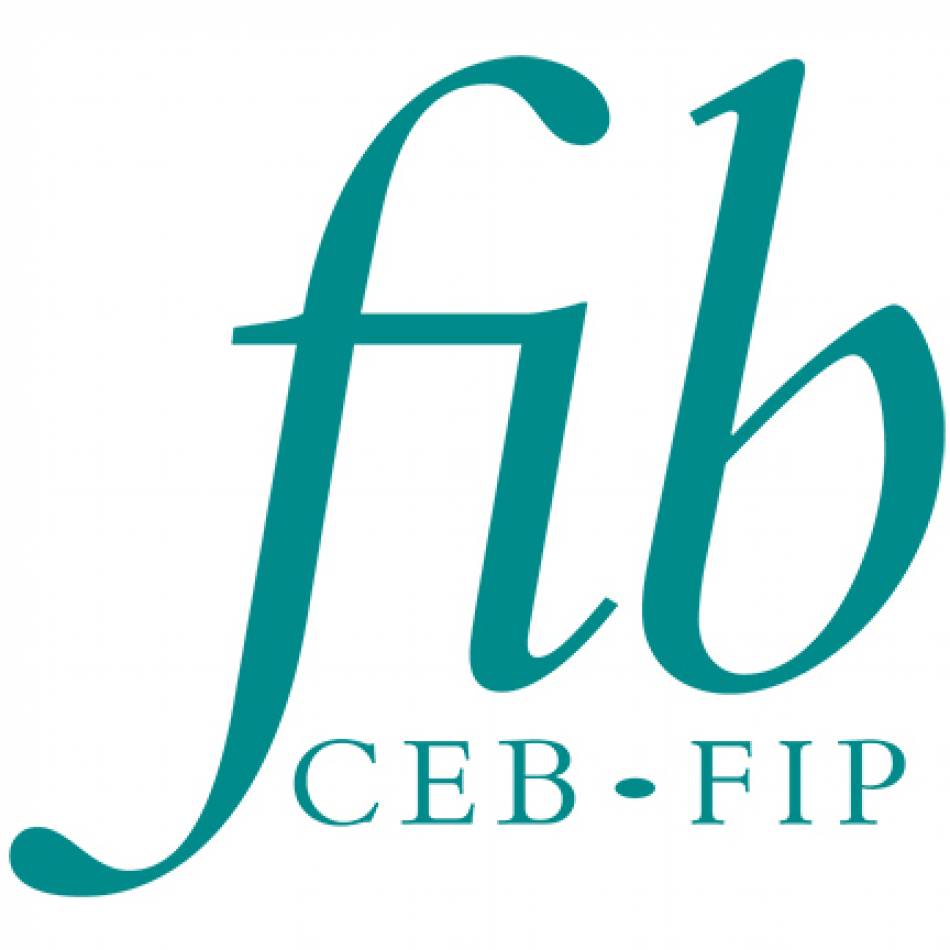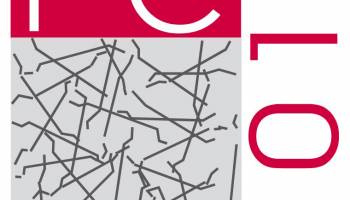Fibre-reinforced concrete is a short-fibre composite material, whose properties are significantly dependent on the orientation of the mixed fibres. As a starting point, the fibres are assumed to be uniformly distributed and have a uniform orientation. However, in reality, they have a non-uniform distribution owing to various factors. Such deviations in the orientation may have a significant effect on the material parameters, both favourable and unfavourable. In this study, the orientation factors determined based on the mixing models reported in the literature are compared with the results of experimental tests performed in the laboratory, and the effects of the formwork and the pouring methods used on the orientation of both steel and synthetic macrofibres are investigated. Based on the results of the study, the orientation of the fibres (both, steel and macro synthetic) significantly depends on the pouring method, which considerably influences the material parameters of fibre-reinforced concrete.
#fib #concretestructures #orientation



